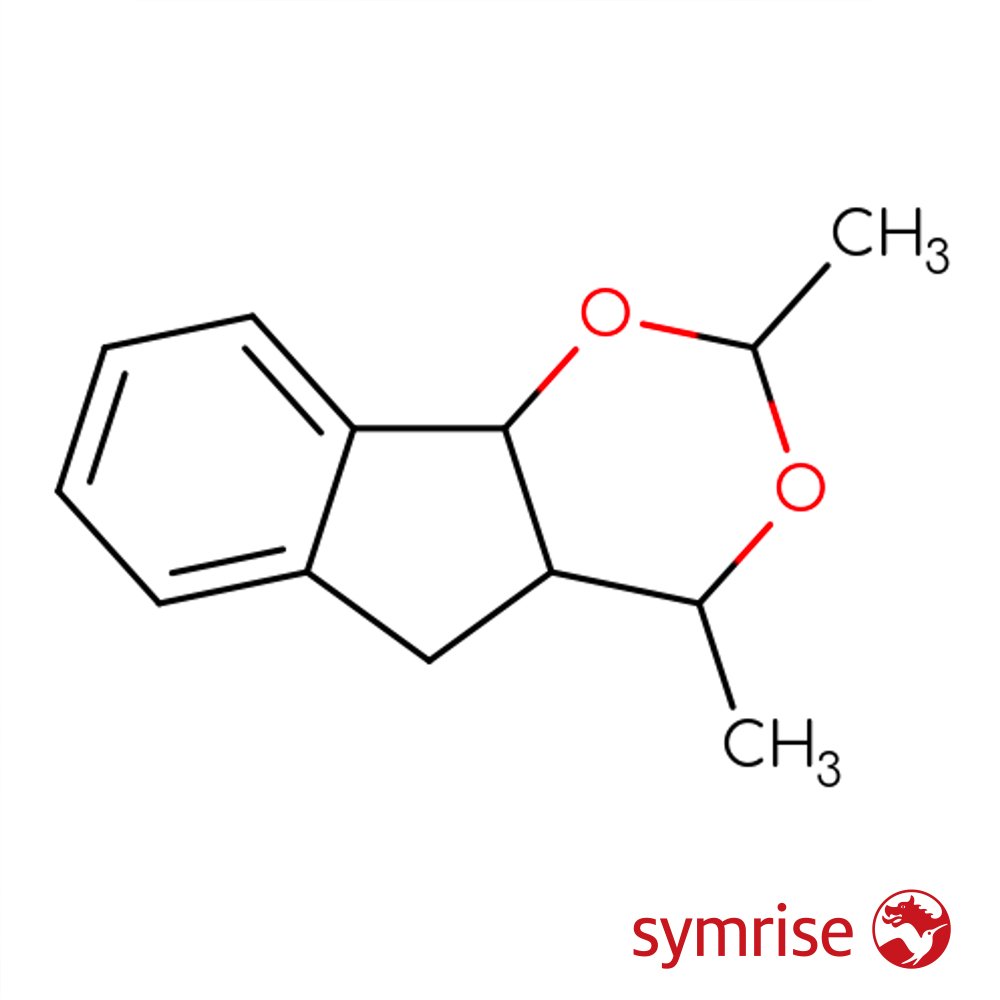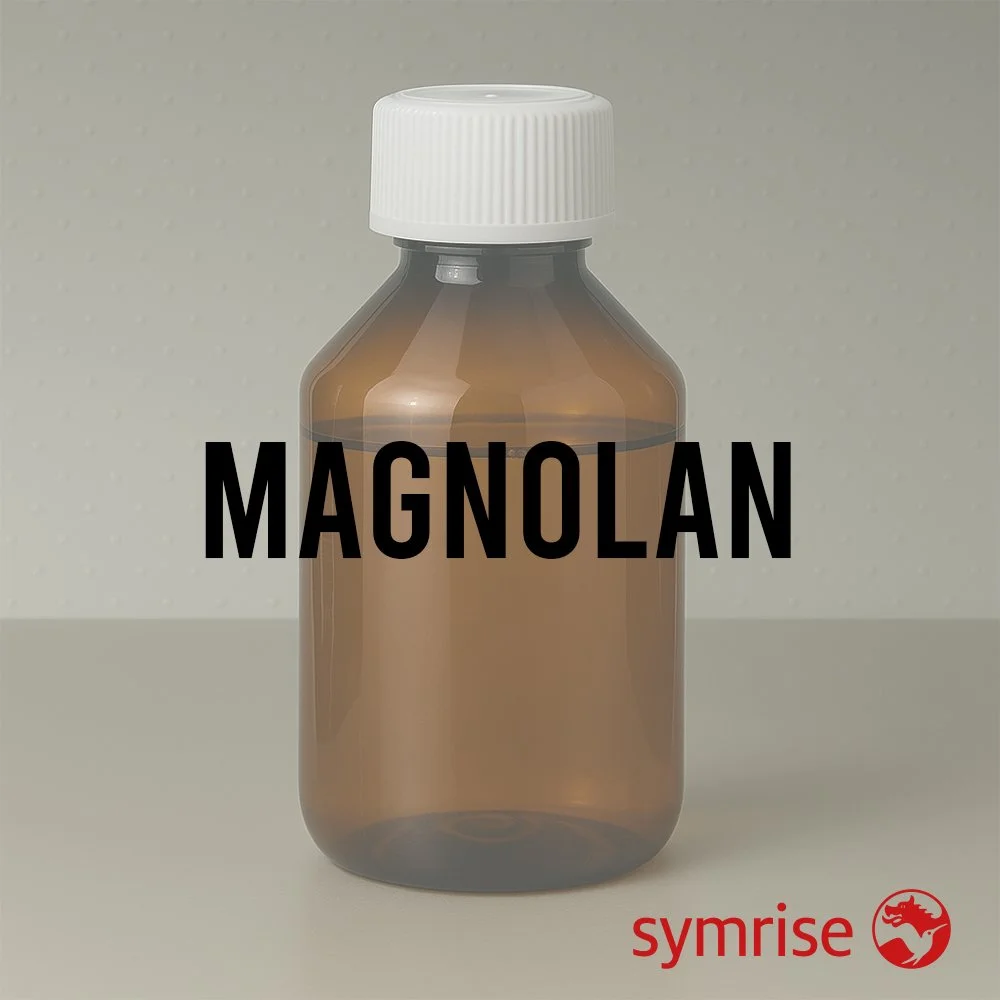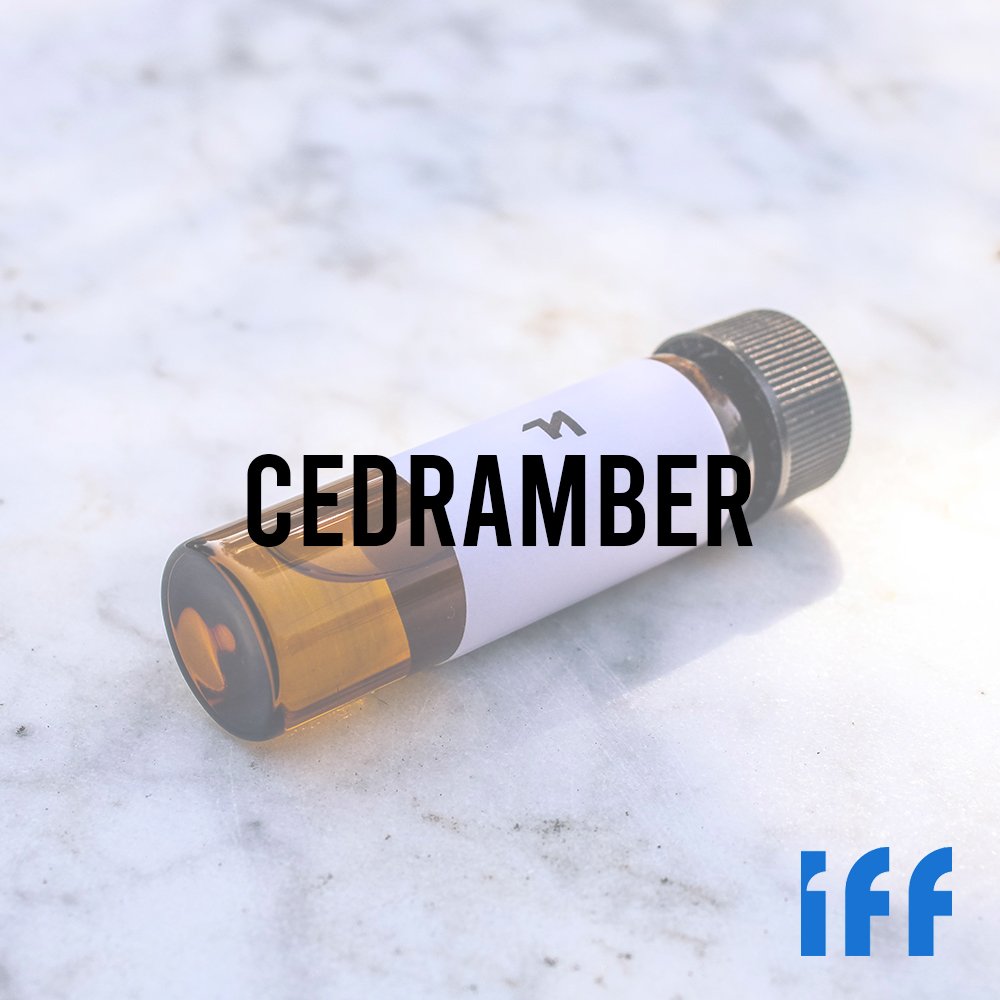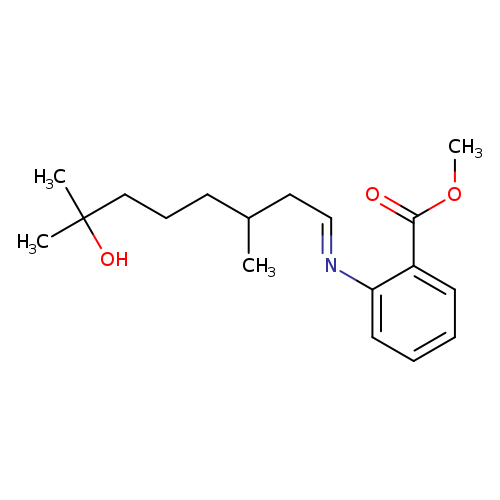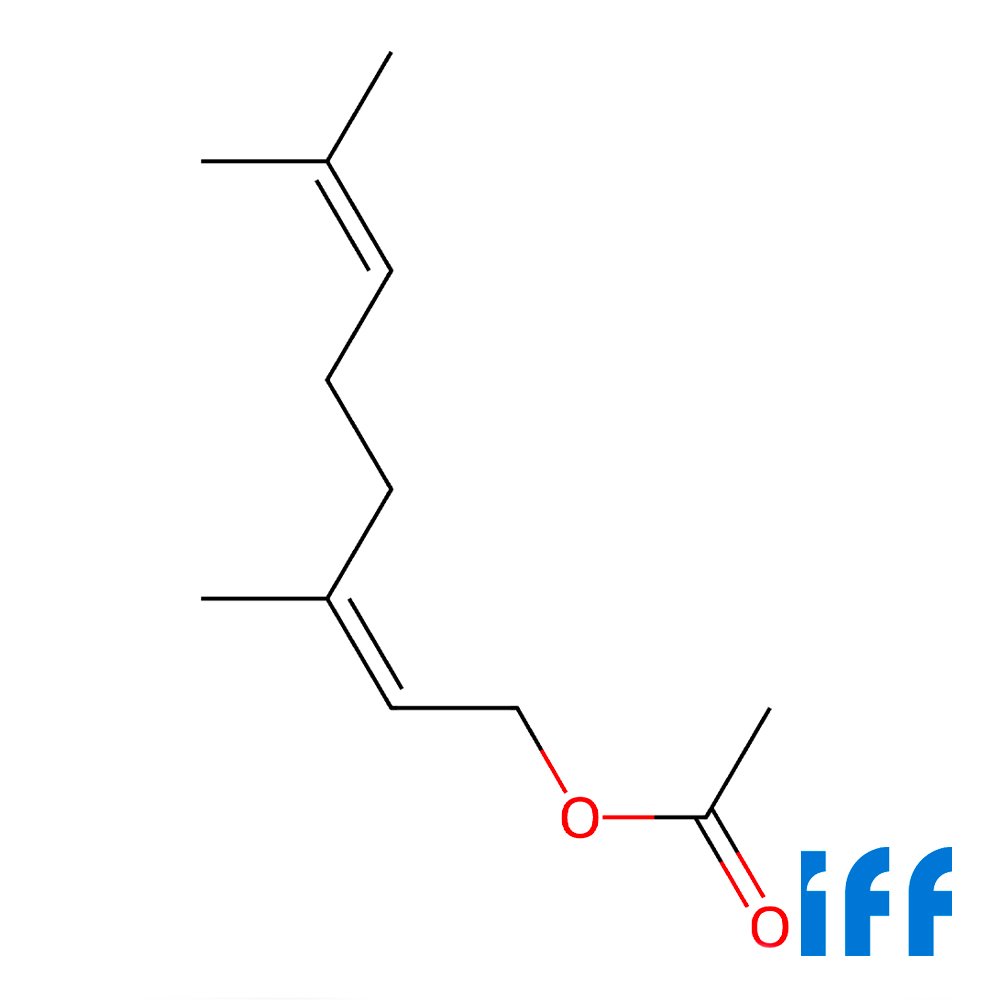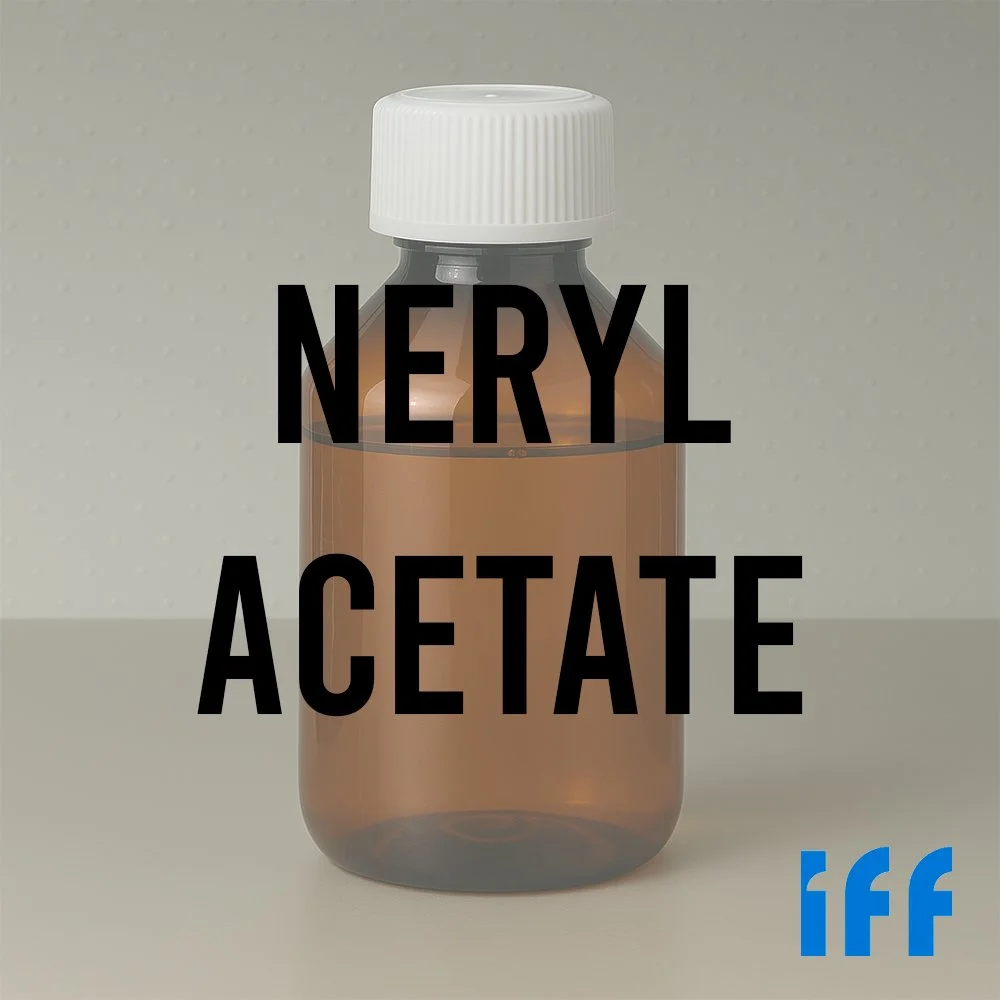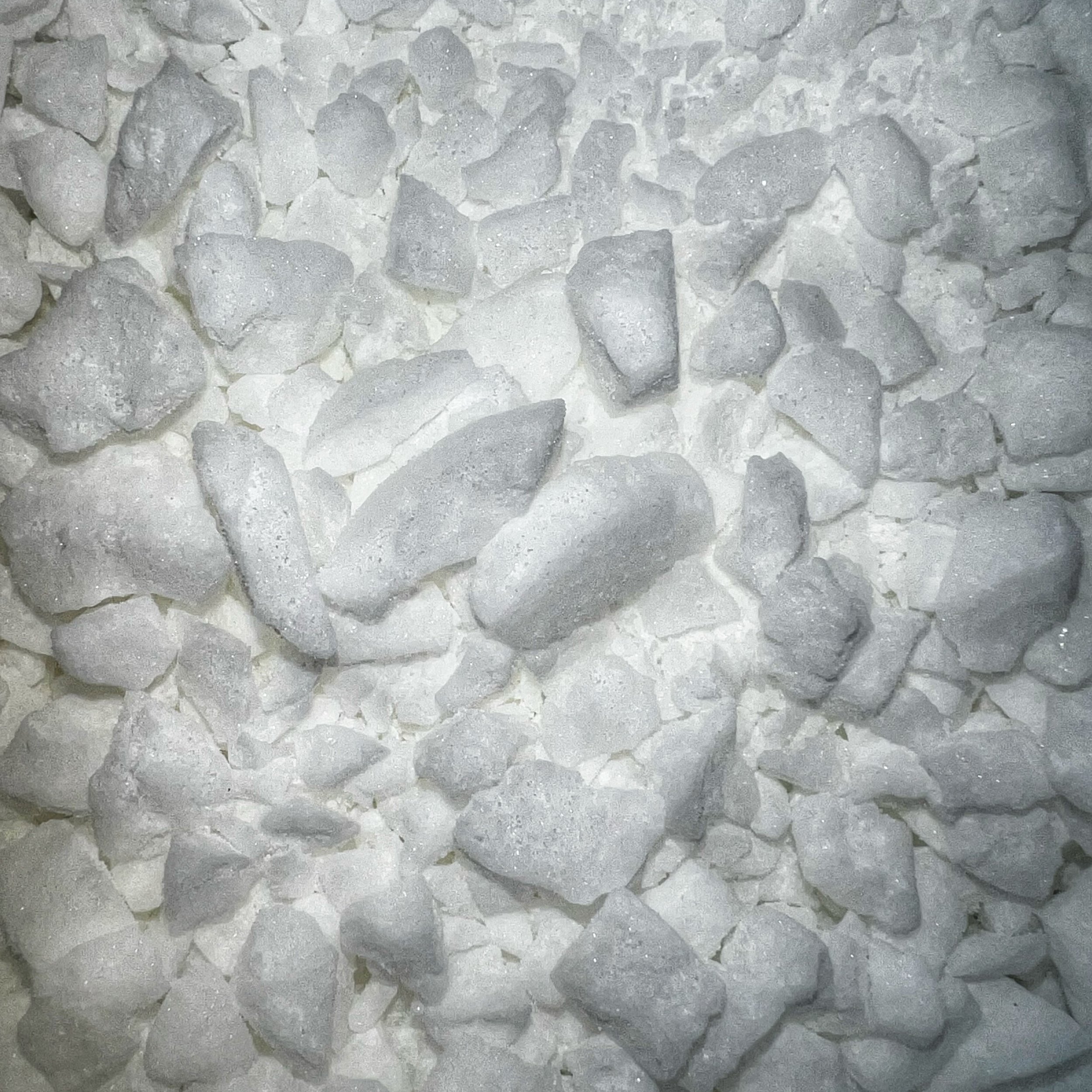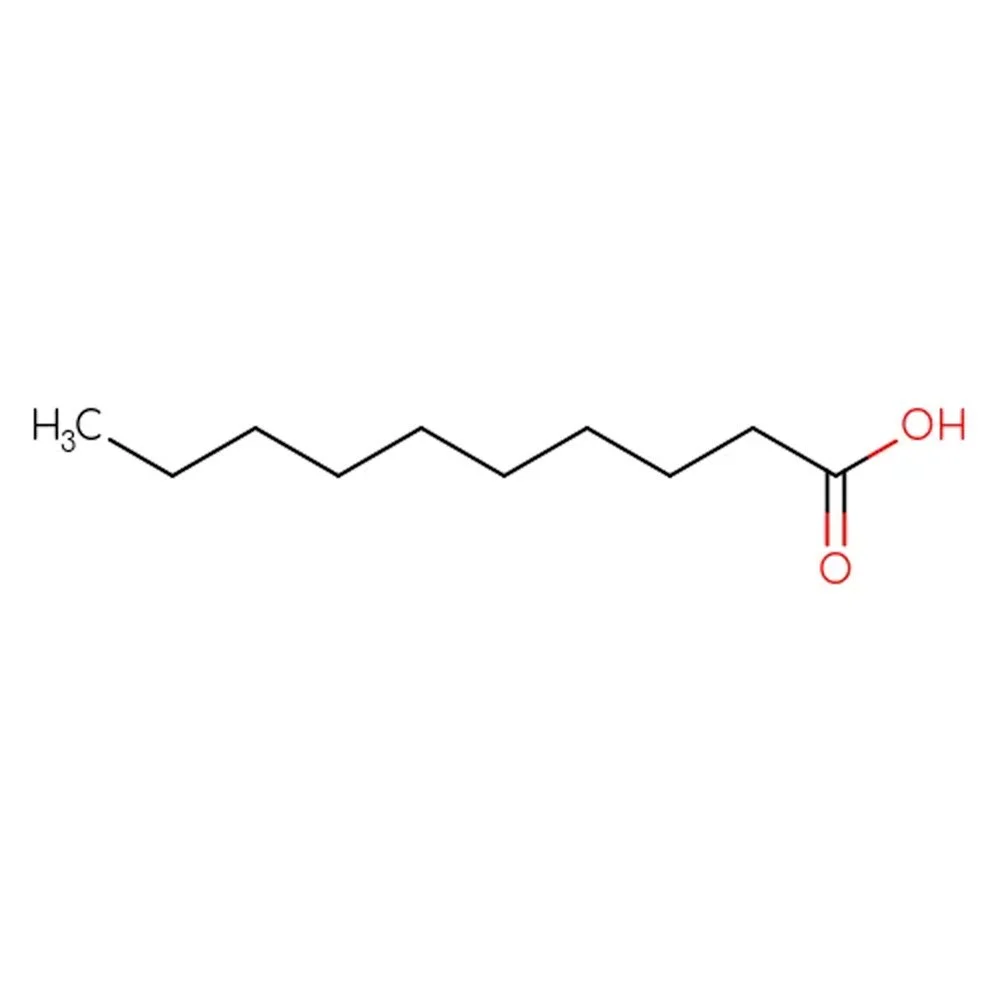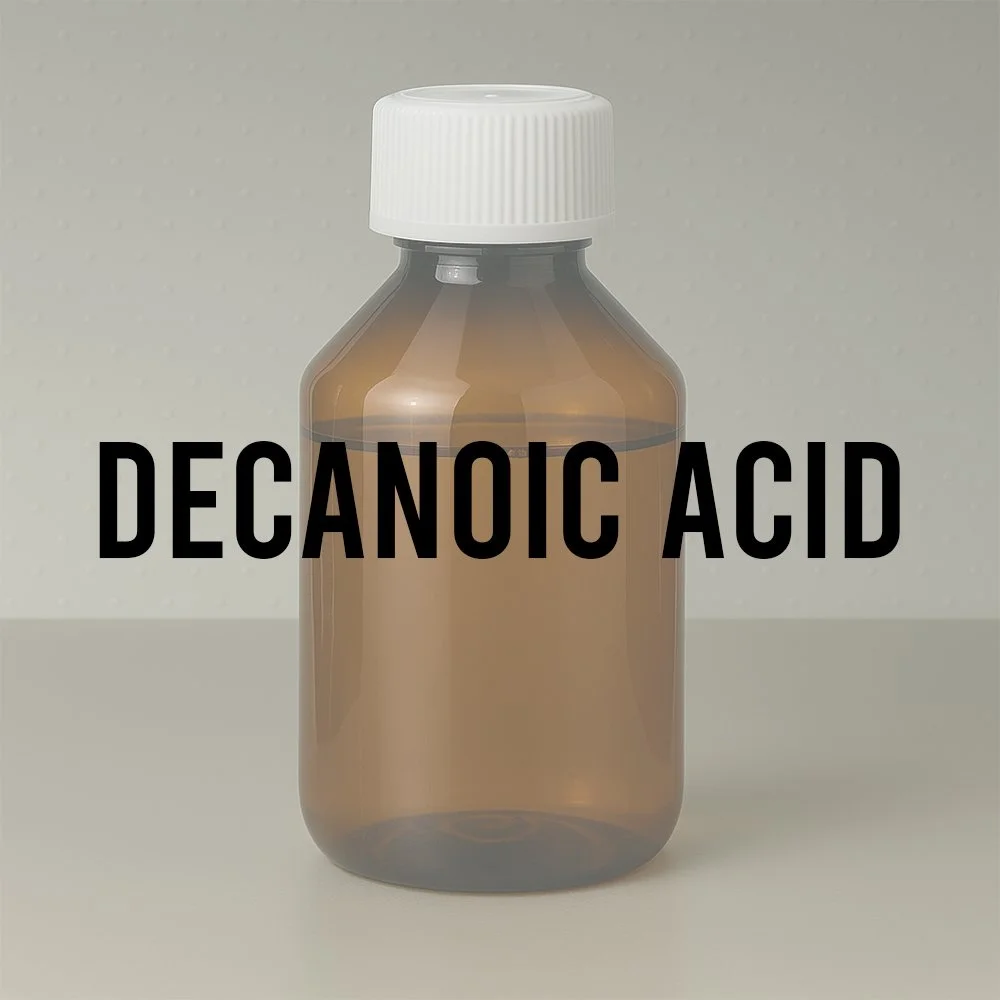Magnolan Technical Ingredient Overview
🏭 Manufacturer — Symrise (originally developed by Haarmann & Reimer)
🔎 Chemical Name — 2,4-dimethyl-4,4a,5,9b-tetrahydroindeno[1,2-d][1,3]dioxine
🧪 Synonyms — Indeno[1,2-d]-1,3-dioxin, 4,4a,5,9b-tetrahydro-2,4-dimethyl-; 2,4-Dimethyl-5,6-indeno-1,3-dioxan; Magnolia indene; 1,3-Dimethyl-1,4a,9,9a-tetrahydro-2,4-dioxa-fluorene
📂 CAS Number — 27606-09-3
📘 FEMA Number — Not applicable (not approved for flavor use)
⚖️ Molecular Weight — 204.26 g/mol
📝 Odor Type — Floral-green
📈 Odor Strength — Medium
👃🏼 Odor Profile — Fresh floral with magnolia, peony, and lily of the valley characteristics. Exhibits a transparent floral-green character with citrusy grapefruit nuances in the top notes and subtle indolic undertones. Lychee aspects appear in high concentration, transitioning to flowery notes upon dilution.
⚗️ Uses — Perfumery floralizer and modifier for white floral compositions, citrus-forward florals, clean compositions. Applications span fine fragrances, personal care products, household care products (excluding bleach-containing formulations), fabric softeners, and detergents.
🧴 Appearance — Clear colorless to pale yellow liquid
What is Magnolan?
Magnolan is a synthetic fragrance ingredient belonging to the indane-dioxine structural class. As a bicyclic acetal, it is formed through the reaction of indene with acetaldehyde via a Prins reaction mechanism. The resulting rigid bicyclic structure contributes to both its distinctive olfactory profile and its formulation stability. Magnolan is classified as a fragrance ingredient used exclusively in perfumery applications, with no current approval for flavor use despite its occurrence in natural extracts at trace levels.
Historical Background
Magnolan was first introduced to the fragrance industry in the 1960s by Haarmann & Reimer (H&R), which later became part of Symrise following the 2003 merger with Dragoco. According to industry documentation from perfumer Arcadi Boix Camps in 1999, the material was initially developed as a functional chemical for use in detergents and fabric softeners during the 1960s (Boix Camps, 1999).
The ingredient represents one of the early synthetic molecules designed to replicate natural floral characteristics while offering superior stability and substantivity compared to natural extracts. Over subsequent decades, Magnolan transitioned from its original household care applications to gain acceptance in fine fragrance and toiletries, where its unique combination of fresh floral and citrus notes found broader application. The synthesis method via Prins reaction of indene with acetaldehyde became the standard industrial preparation route.
Olfactory Profile
Scent Family: Floral-green with fruity facets
Main Descriptors:
Primary: Magnolia, peony, lily of the valley
Secondary: Grapefruit, lychee, cyclamen
Tertiary: Fresh, clean, transparent floral
Intensity: Medium strength with good diffusion properties
Tenacity: Exceptional substantivity with longevity exceeding 308 hours on smelling strips. Functions primarily as a base note with middle note aspects, providing extended floralcy throughout the fragrance lifecycle.
Volatility: Low volatility due to bicyclic structure. Primarily performs in middle to base notes, though initial lychee character provides some top note presence at higher concentrations.
Fixative Role: Demonstrates fixative properties through its low volatility and structural rigidity, contributing to extended longevity of floral accords. The dioxine ring system creates conformational stability that reduces evaporation rate while maintaining olfactory presence.
Applications in Fine Fragrance
Magnolan serves as a floralizer and modifier in white floral compositions, particularly those emphasizing magnolia, lily of the valley, and peony accords. It imparts naturalness to synthetic floral structures while contributing lift and freshness. The material performs effectively in citrus-forward florals, where its grapefruit nuances complement bergamot, grapefruit, and other citrus notes. Its transparent character makes it suitable for modern clean compositions and aquatic florals.
The ingredient blends well with woody materials, creating depth in floral-woody accords. At concentrations of 0.5-8% in perfume concentrates, Magnolan functions as both a primary floralizer and a supporting modifier.
Performance in Formula
Magnolan exhibits excellent stability across most formulation systems including alcohol, dipropylene glycol (DPG), isopropyl myristate (IPM), and carrier oils. It demonstrates compatibility with both natural and synthetic fragrance materials. The bicyclic structure provides resistance to oxidation and pH variations, making it suitable for rinse-off and leave-on applications.
The material should not be used in bleach-containing formulations due to potential reactivity with oxidizing agents. Recommended usage levels range from 0.5% to 20% depending on application, with typical fine fragrance concentrations at 2-8%.
Industrial & Technical Uses
Beyond fine fragrance, Magnolan finds significant application in functional perfumery for household care products, particularly fabric softeners, laundry detergents, and all-purpose cleaners. Its substantivity on fabric and hard surfaces makes it effective for providing long-lasting freshness. The material's stability in alkaline conditions supports its use in cleaning formulations. Personal care applications include shampoos, body washes, lotions, and creams.
Regulatory & Safety Overview
IFRA Status: Magnolan (CAS 27606-09-3) is not listed as a restricted or prohibited ingredient in IFRA Amendment 51 (notified June 30, 2023). The material is approved for use in fragrance applications without specific concentration limits under current IFRA Standards.
EU Cosmetics Regulation: Compliant with EU Cosmetics Regulation (EC) No 1223/2009 for use as a perfuming agent in cosmetic products. Not listed as an allergenic fragrance ingredient requiring declaration under Annex III.
FEMA Status: Not approved for flavor use; no FEMA number assigned.
Toxicology: Classification indicates H302 - Harmful if swallowed (100% of notifications). Standard safety precautions for fragrance ingredients apply. Material safety data sheets recommend avoiding ingestion and ensuring adequate ventilation during handling.
Sources
Boix Camps, A. (1999). Perfumery: Techniques in evolution. Allured Publishing Corporation.
European Chemicals Agency (ECHA). (n.d.). CAS 27606-09-3 - C&L Inventory. Retrieved from https://echa.europa.eu
International Fragrance Association (IFRA). (2023). IFRA Standards - 51st Amendment. Retrieved from https://ifrafragrance.org
Surburg, H., & Panten, J. (2006). Common fragrance and flavor materials: Preparation, properties and uses (5th ed.). Wiley-VCH.
Symrise AG. (n.d.). Magnolan technical data sheet. Symrise product documentation.
